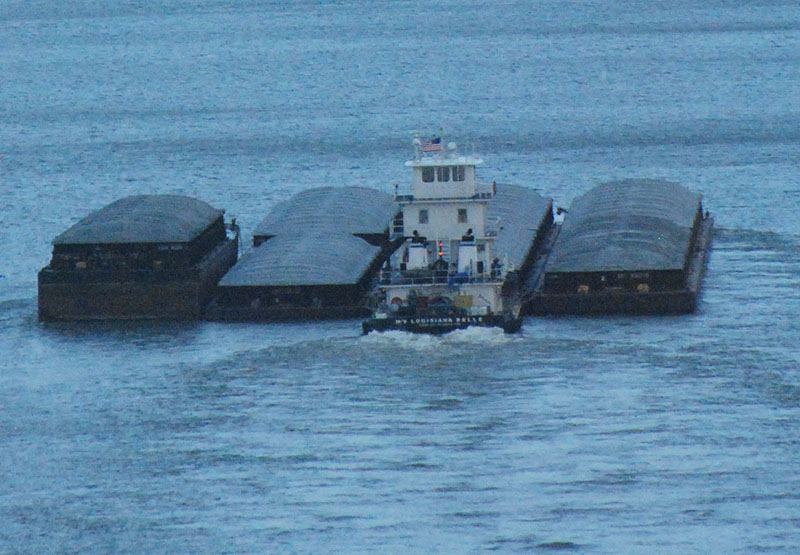Grain exports are expected to hit a record 5.5 billion bushels this year, but the oversupply of barges is keeping freight rates at lower summer rather than peak harvest levels.
And barge excess is just one challenge facing the industry, said Ken Eriksen, senior vice president, Informa Economics IEG, adding infrastructure, lower coal demand and attractive natural gas prices to the list.
Infrastructure problems mean inefficiencies which eventually lead to lower producer returns, less competitiveness and less economic activity.
When you have a system that's really humming, "it doesn't take much for it to become unraveled," he said. Low water, no dredging, lock failures here can rattle customers worldwide. And "if we have a problem in the United States, we can see it become an opportunity elsewhere," Eriksen told a seminar at the International WorkBoat Show, noting South America is investing heavily in its waterways.
Propelling global markets is a population that is becoming more urbanized with big cities expected to grow from 4.3 billion people in 2015 to 6.3 billion in 2050. The U.S., Canada and Brazil have a great supply of natural resources that these densely populated areas especially in Asia need.
An improved infrastructure could mean more different kinds of commodities moving by water. The open fleet, for example, is more than adequate and looking for something to transport.
The inland river barge fleet expanded from 21,000 a few years ago to 22,000 in 2015. Both tank and dry covered are up over the same period, though dry covered are down from a peak of 12,700 in the mid-'90s to just over 12,000 today.
"And for the open barge fleet, it has been horrendous," Eriksen said. Approximately 1,000 to 1,200 — most in coal service — have been retrofitted as covered. Coal accounted for 30% — the biggest single share — of the 592 million tons of commodities moved on the inland rivers in 2014.
"There are still too many barges out there," he said.





